Ron Geesin | Interview | “Experimental music is often an excuse to not quite finish something!”
Ron Geesin is a Scottish composer, performer, sound architect, interactive designer, broadcaster, writer and lecturer active since the early 1960s. His most well known collaborations include those with Pink Floyd and Roger Waters.
A gentleman of many interests, he’s also restorer of many jazz 78s, researcher and author of The Adjustable Spanner, inventor of The Tune Tube interactive installation and overall one of the most interesting people in music.
“Experimental music is often an excuse to not quite finish something!”
What was the first band that you were in, Ron?
Ron Geesin: The first band I was in was the very amateur Mahogany Wardrope and his Pinetop Stompers in the village of Bothwell where I was brought up. I played the banjo. We did gigs only on a Saturday night around the Glasgow area of Scotland. Then I joined the professional Original Downtown Syncopators on piano from 1961 to 1965.
Are you a fan of rock music at all?
I am certainly not a fan of rock music. I prefer classic jazz (1917-1942) and prototypes like Earl Hines and Coleman Hawkins right through their whole careers. I love the work of most “classical” composers, except Benjamin Britten and Igor Stravinsky. I am particularly fond of Prokofiev, Elgar, Schönberg, Berg, Varèse, Fauré. Also, I am very keen on what I call “virtuoso folk music,” like Romanian, Indian Classical, African, South American, Portuguese. “Experimental” music is often an excuse to not quite finish something!
How did you meet Roger Waters and the other members of Pink Floyd?
All this information is in my book about the real story of ‘Atom Heart Mother,’ Flaming Cow: The Making of Pink Floyd’s Atom Heart Mother. Nick Mason and I were introduced by a mutual friend, The Rolling Stones’ tour manager Sam Jonas Cutler. Nick came to our little basement flat in Notting Hill, London, on the 14th October 1968 and we became friends instantly. Soon after, he introduced me to Roger Waters and we became even closer friends. Then Rick Wright lived just a short walk from our flat, so that was another easy one. Soon, I met everyone.
Could you tell us about working with Roger Waters on the soundtrack for the film The Body?
Film producer Tony Garnett and director Roy Battersby, both staunch members of the Workers’ Revolutionary Party, were working on a documentary-style feature film about the human body, using the latest techniques of micro cameras and all that technology. Tony Garnett contacted the then famous disc jockey John Peel who was a particular supporter of my good self and asked him who was “hot” in the music scene. John replied, “Well, Ron Geesin of course!” So Garnett and Battersby came to see me in my little padded cell studio, then on the top floor of a house in Ladbroke Grove, not far north of our original basement flat early in 1970. They seemed to enjoy my stuff and my way of working but asked, “Do you do songs?” I replied, “No I don’t, but I know a man who does!” That was of course Roger Waters. After being contracted to do the work, we went through the film with the director and sorted out which sections needed songs and which needed my tunes, textures and atmospheres. Because Roger Waters was working with the band, he was not always in London, so it was easy to decide to work separately, which we did.
Were you and Roger Waters in agreement for how the music should sound?
At our young age and in those times in London, there was no need for any agreement – we just did what we did – mutual trust and admiration.
“I wrote all the 10 brass, 20 choir and solo cello music [‘Atom Heart Mother’]”
Please tell us about working on Pink Floyd’s ‘Atom Heart Mother’? Was there a concept that was followed?
Now I really do have to point you to my book The Flaming Cow, because it’s all in there. I can tell you that the final reason for writing the book was seeing David Gilmour in one of the many TV documentaries on Pink Floyd where, when asked about my involvement in ‘Atom Heart Mother,’ he stated, “Well, we got Ron Geesin in to do some arranging.” This was an example of the worst of the effects of “stardom”: make sure you appear to be on top at all times! The fact is that I wrote all the 10 brass, 20 choir and solo cello music, which included the original melodies, on Pink Floyd’s “backing track” that they had left me on tape before going off to tour America. This was in May 1970. The first they heard of any of it was on the first day of recording at EMI Abbey Road Studios!
Please tell us about composing the music for John Schlesinger’s ‘Sunday Bloody Sunday’?
Later in 1970, I had made all the music for a BBC documentary film on art therapy (mainly painting in mental hospitals) called ’Shapes In A Wilderness’. It happened that Schlesinger was at home watching this transmission on a Saturday night and said to himself, “I must have this man for Consequences!” which was what his next film was then called. The name changed to ‘Bloody Sunday.’ then to the final ’Sunday Bloody Sunday’. I got Pink Floyd’s manager Steve O’Rourke to do the deal because I felt that I couldn’t handle that pressure. He doubled the initial fee offer! I proceeded in my usual way, making some tests. Schlesinger was very particular: I think I did the Park Sequence three times before he was satisfied.
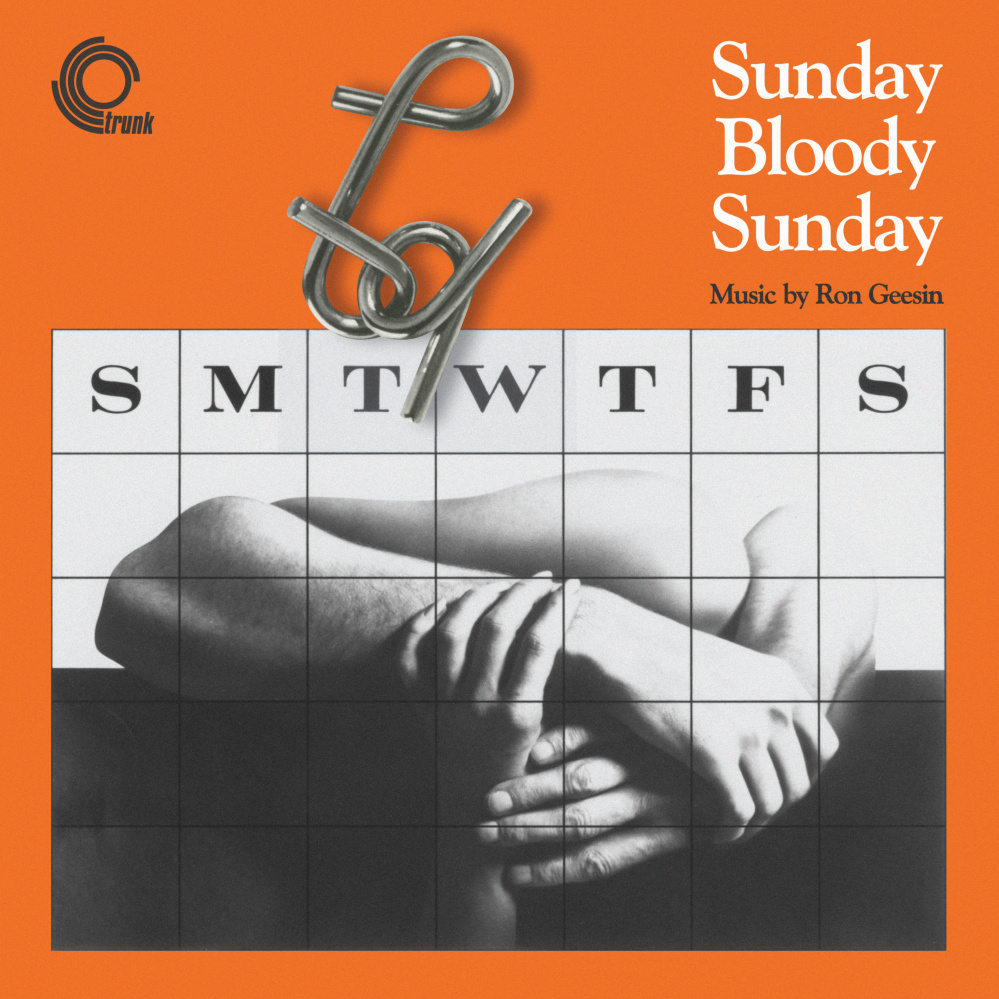
That was with my well-tried tape technique of threading the tape across two machines and feeding the sound from the second machine back into the first, thereby creating a “canon” structure – but one mistake and one has to start again! I wrote a very nice string quartet for the Shower Sequence, but Mozart won that one! Schlesinger was particularly jittery about a wartime flashback sequence, so I devised a method whereby I made twelve atmospheric sound elements and put them up in the dubbing theatre as separate tracks. Then I sat him down at the mixing desk with all the tracks labelled and suggested that he mix them by moving all the faders while watching the picture. This he did, with the dubbing mixer and me watching him. Then we moved Schlesinger away and we finally mixed it – to great success and joy all round. All this material, including the original ’Shapes In A Wilderness’ suite is now on the vinyl LP ’Sunday Bloody Sunday’ [Trunk Records].
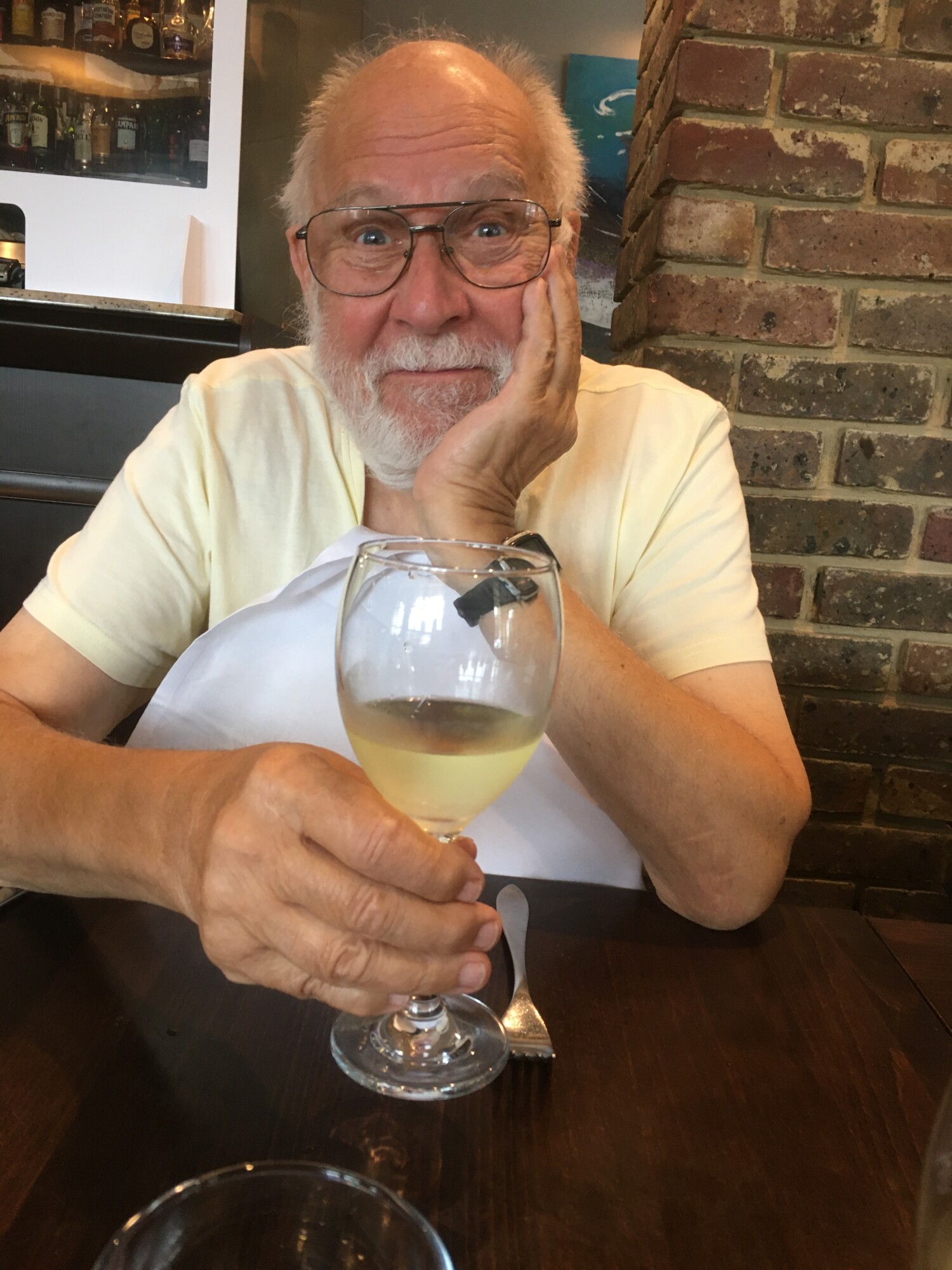
What currently occupies your life?
I am in the final stages of mixing the next big work ‘Journey Of A Rhythm’ and have two other albums to go up on, probably, Bandcamp, ‘Faceroll’ and ‘History Twist’.
John Wisniewski
Ron Geesin Official Website
Ron Geesin | Interview | “I’m still trying to find out who I became”

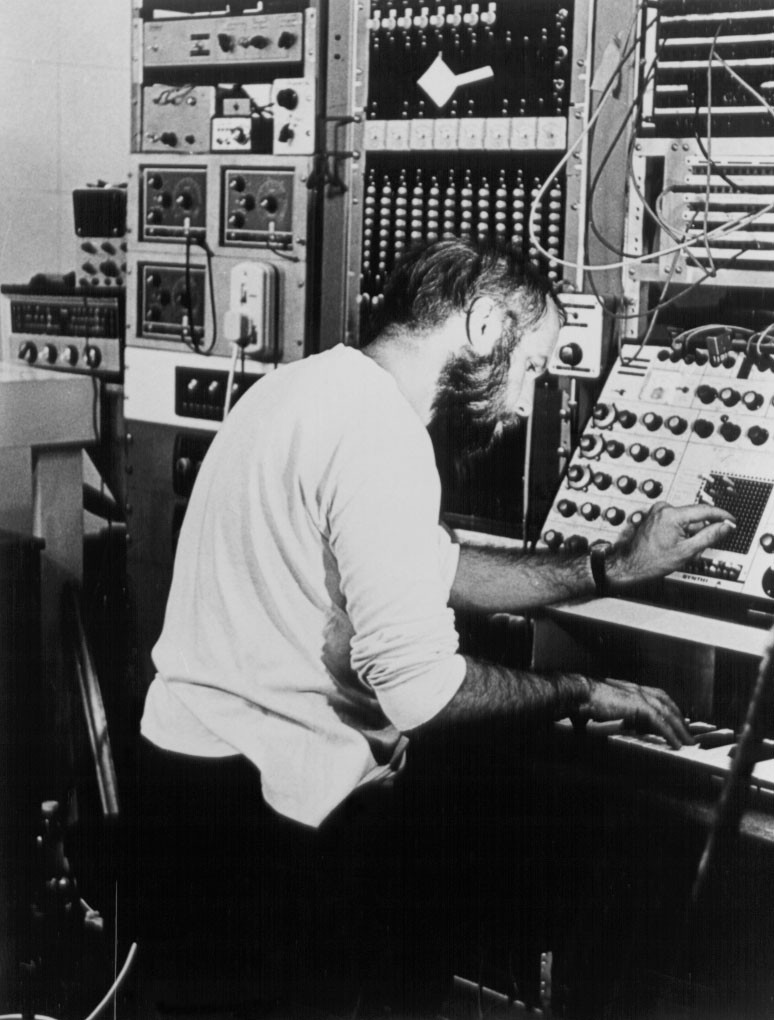
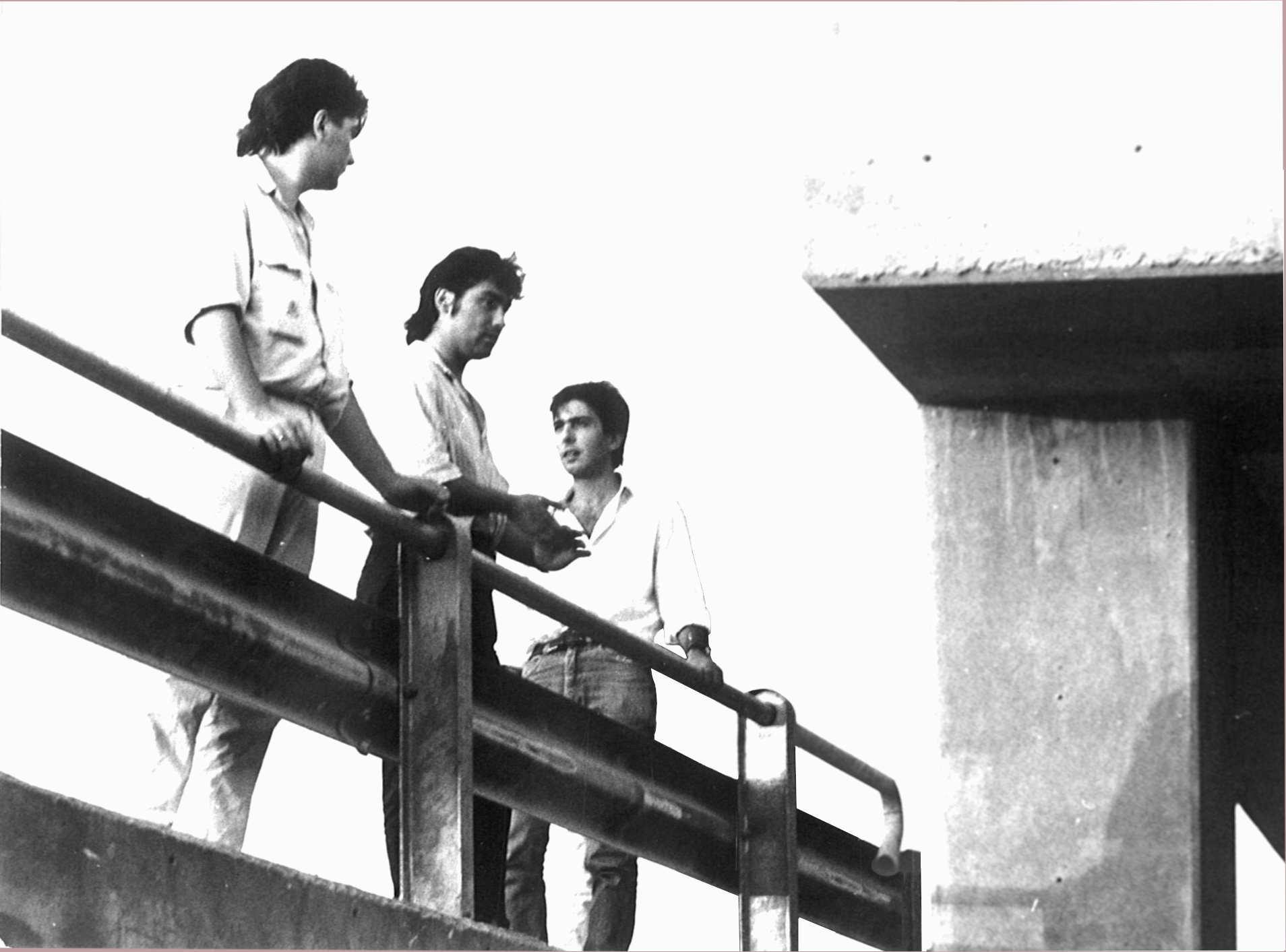
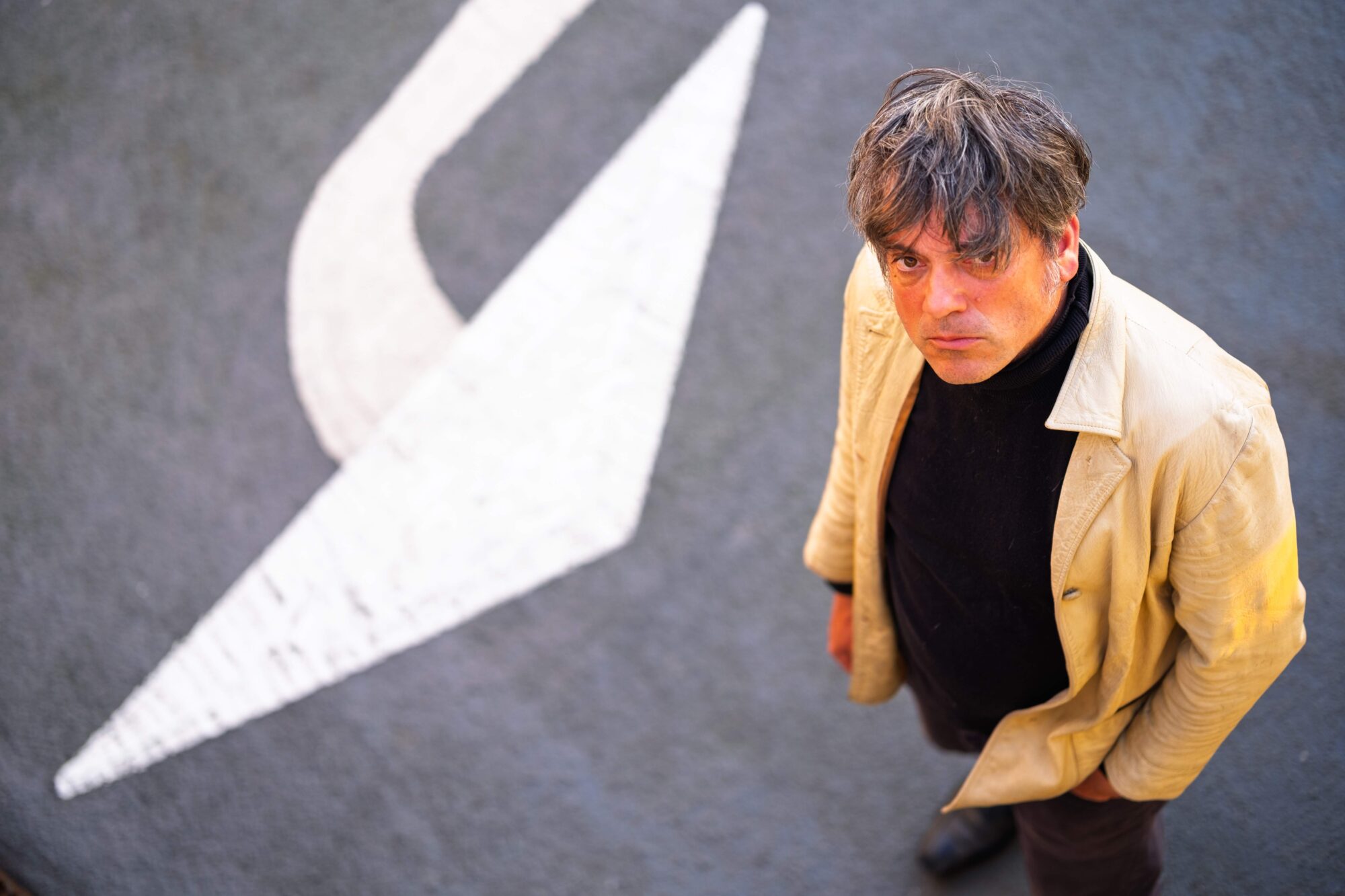

I was at the Bath Festival of 1970, which took place at Shepton Mallett, 28-30th June 1970. The Floyd were the Saturday headliners, and it was known that their appearance was going to include the world exclusive of Atom Heart Mother, which it did. It included the brass and choir as would be on the studio recording. It was performed note perfect, and there exists a bootleg DVD in black and white of the brilliant performance.
I thoroughly enjoyed the re-conducted live concert not too long ago, shared on YouTube, it maybe that Ron G doesn’t like Rock music, but I can safely say we’re Rock converts to the mix of classical and Hard Rock, or other genres that blend the all-powerful ensemble of instruments-voices